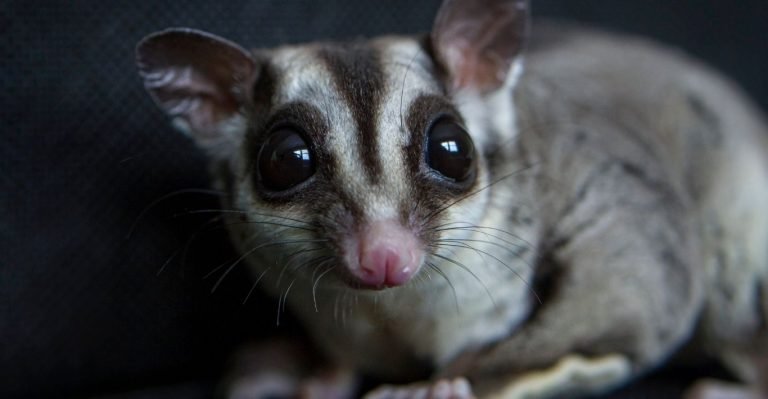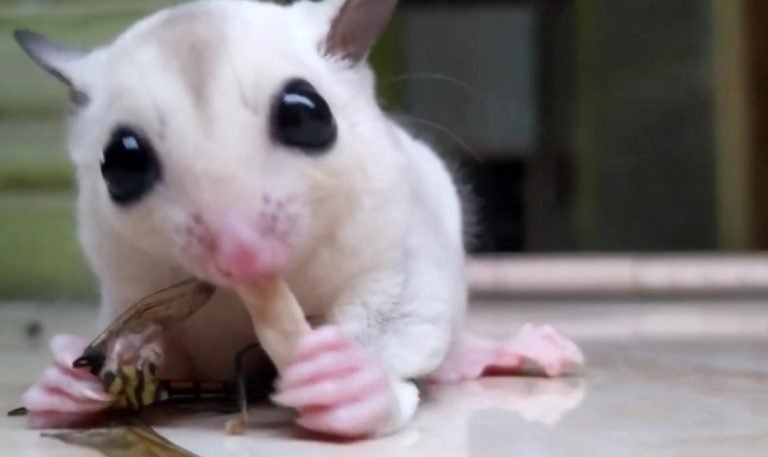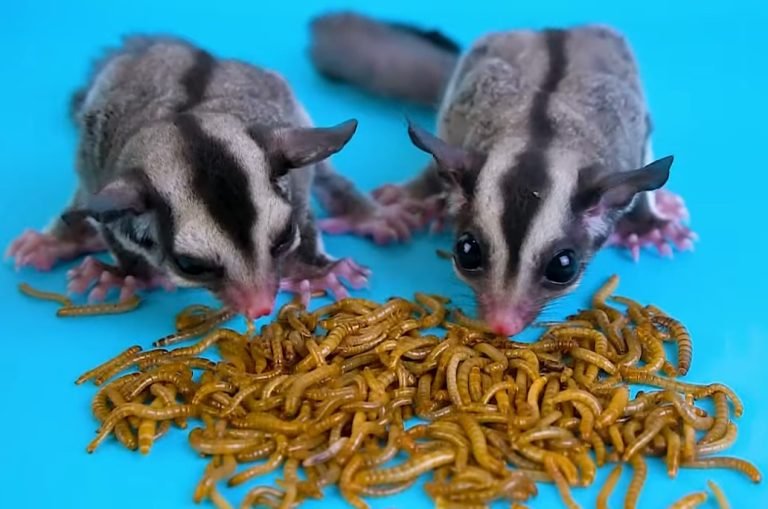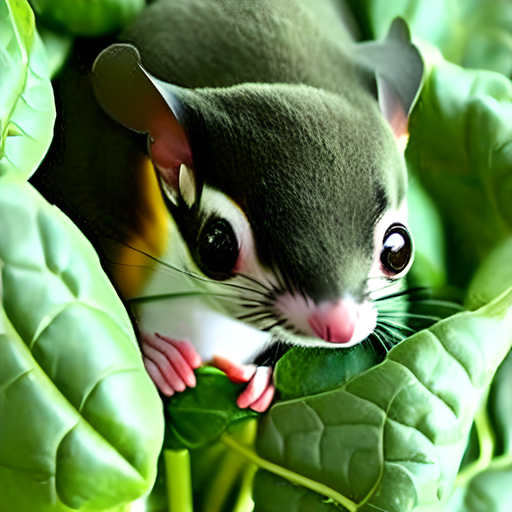Can Sugar Gliders Eat Dragon Fruit
Can Sugar Gliders Eat Dragon Fruit?
The answer is yes, sugar gliders can eat dragon fruit. Dragon fruit, also known as pitaya, is a tropical fruit that is rich in nutrients and has a unique appearance with its vibrant colors and scaly exterior. While it may not be a staple food for sugar gliders, it can be included in their diet as an occasional treat.
Dragon fruit is a delicious and nutritious fruit that is packed with vitamins, minerals, and antioxidants. It is low in calories and high in fiber, making it a healthy choice for both humans and sugar gliders. The fruit is also hydrating and can help with digestion due to its high water content.
Nutritional Benefits of Dragon Fruit for Sugar Gliders
Dragon fruit contains a variety of essential nutrients that can benefit sugar gliders. Here are some of the key nutritional benefits:
1. Vitamin C: Dragon fruit is an excellent source of vitamin C, which is important for strengthening the immune system and promoting overall health. Sugar gliders, like humans, cannot produce their own vitamin C, so it is essential to include it in their diet. Vitamin C supports growth, wound healing, and helps fight off infections.

2. Fiber: Dragon fruit is high in fiber, which aids digestion and helps prevent constipation. Sugar gliders have a unique digestive system that requires a high-fiber diet to keep their gastrointestinal tract healthy. Including dragon fruit in their diet can help maintain regular bowel movements and prevent digestive issues.
3. Antioxidants: Dragon fruit contains antioxidants that help protect cells from damage caused by harmful free radicals. Antioxidants play a vital role in reducing the risk of chronic diseases and can help boost the immune system. Including dragon fruit in a sugar glider’s diet can contribute to their overall health and well-being.
How to Feed Dragon Fruit to Sugar Gliders
When introducing any new food to a sugar glider’s diet, it is essential to do so gradually. This allows their digestive system to adjust and minimizes the risk of digestive upset. Here are some tips for feeding dragon fruit to sugar gliders:
1. Choose ripe dragon fruit: Select ripe dragon fruit that has a vibrant color and slightly soft to the touch. Unripe dragon fruit can be hard and may not be as tasty for your sugar glider.
2. Cut into small pieces: Cut the dragon fruit into small bite-sized pieces that are easy for your sugar glider to eat. Remove the skin and any tough seeds before offering it to your pet.
3. Introduce gradually: Start by offering a small piece of dragon fruit to your sugar glider and observe their response. If they enjoy it and tolerate it well, you can gradually increase the amount over time. Remember that dragon fruit should be given as an occasional treat and not as a staple food.
4. Monitor for any adverse reactions: Keep an eye on your sugar glider for any signs of digestive upset or allergies. If you notice any changes in their behavior or health, discontinue feeding dragon fruit and consult a veterinarian.
Frequently Asked Questions
Q: Can sugar gliders eat dragon fruit every day?
A: While sugar gliders can eat dragon fruit, it should not be given to them every day. Dragon fruit should be offered as an occasional treat and should not exceed more than 10% of their overall diet. It is essential to provide a well-balanced diet that includes a variety of fruits, vegetables, protein, and a specialized sugar glider diet.
Q: Can sugar gliders eat dragon fruit seeds?
A: It is best to remove the dragon fruit seeds before feeding it to your sugar glider. The seeds can be hard and pose a choking hazard. Always ensure that the dragon fruit is cut into small, seedless pieces before offering it to your pet.
Q: Are there any risks associated with feeding dragon fruit to sugar gliders?
A: Dragon fruit is generally safe for sugar gliders to consume in moderation. However, it is essential to monitor your sugar glider for any adverse reactions. Some gliders may have food allergies or sensitivities, so it is always a good idea to introduce any new food gradually and observe their response.
Final Thoughts
In conclusion, dragon fruit can be a tasty and nutritious addition to a sugar glider’s diet. This tropical fruit is packed with essential vitamins, minerals, and antioxidants that can benefit their overall health. When feeding dragon fruit to your sugar glider, remember to offer it as an occasional treat and not as a staple food. As with any new food, introduce it gradually and monitor your pet for any adverse reactions. Ensure that the dragon fruit is ripe, cut into small pieces, and free from seeds before offering it to your sugar glider. With the proper moderation and care, you can safely treat your sugar glider to the delightful flavors and nutritional benefits of dragon fruit.







